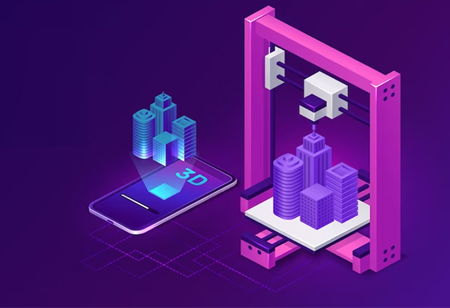
‘With 3D printing, if you can imagine it, you can make it’
The construction industry is changing, due to the emergence of latest technologies. As construction demand continues to grow, it is essential to keep investing in the latest construction technology to facilitate digital transformations and stay a step ahead of the competition.There are so many different technologies available today to enhance the sustainable construction sector. In that way, 3D Printing is one of the prominent technological innovations of the 21st century.
3D Printing technology is a strategic emerging technology leading the future innovation and development of Construction industry by possessing greater significance to upgrade the industry. A few factors that are mostly influencing the growth of 3D Printing in construction are possibility of customization & architectural flexibility and rapid creation of models & illustrations using this technology.
Although the advantages of 3D printing construction mentioned above is still in its infancy, the potential of 3D Printing in the Construction industry is seemingly endless. Overall, the future of 3D Printing looks intense in sustainable construction. Around the world, the count of 3D houses is increasing and even entire neighborhoods are already being built using this technology. If the industry can overcome some of the challenges facing on site at present, it could enhance even more with outstanding benefits in sustainable construction.
We use cookies to ensure you get the best experience on our website. Read more...
Copyright © 2025 HomesIndiaMagazine. All Rights Reserved.